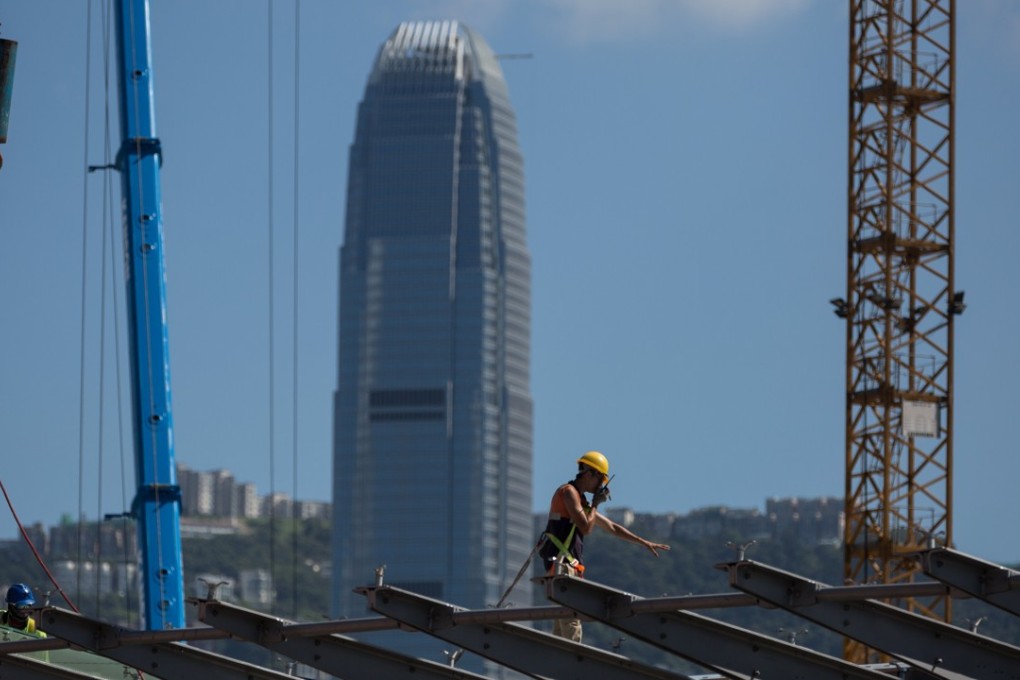The View | Hong Kong must drop the ‘fortress mentality’ if it’s to avoid a labour crisis
A fortress mentality towards the admission of immigrants has made it impossible to mitigate the effects on the workforce of low fertility rates

Hong Kong has a current labour force (not including foreign domestic helpers) of 3.64 million that is projected to peak in four years at 3.68 million. Thereafter, the workforce will continue to decline uninterrupted at an average annual rate of 0.36 per cent to 3.13 million by 2066. If this forecast comes true, surely the future of Hong Kong as an economic powerhouse is in jeopardy.
Declining fertility rates have driven us into this dire state. But more importantly, a fortress mentality towards the admission of foreign workers and immigrants has made it impossible to mitigate the effects of low fertility rates.
Consider Singapore’s contrasting experience. Its labour force increased at an average annual rate of 2.4 per cent between 1986 and 2016, while Hong Kong’s grew at a mere 1.0 per cent.
London and New York City could not have become global economic centres if they were powered only by the offspring of their original inhabitants
The quality of Singapore’s resident population as measured by average years of schooling has also overtaken Hong Kong, having been lower up until 2001.
In today’s knowledge economy, I find this a compelling explanation for why Singapore’s GDP per capita was US$53,000 in 2016, more than a fifth higher than Hong Kong’s US$44,000.
Sustaining economic growth does not necessarily require a city to grow its population. What matters vitally is its ability to attract talent from outside the city’s boundaries to come and enrich its labour pool. London and New York City could not have become global economic centres if they were powered only by the offspring of their original inhabitants.
Hong Kong’s future labour shortfall will have two main features. First, most of the population decline in the next 25 years will be among the younger labour force (age below 45), whose numbers are predicted to fall from 1.97 million in 2016 to 1.49 million by 2041.
Second, most of that decline will be in the male workforce, falling from 1.99 million in 2016 to 1.80 million in 2041. The female labour force will rise moderately from 1.63 in 2016 to 1.67 million in 2041.
